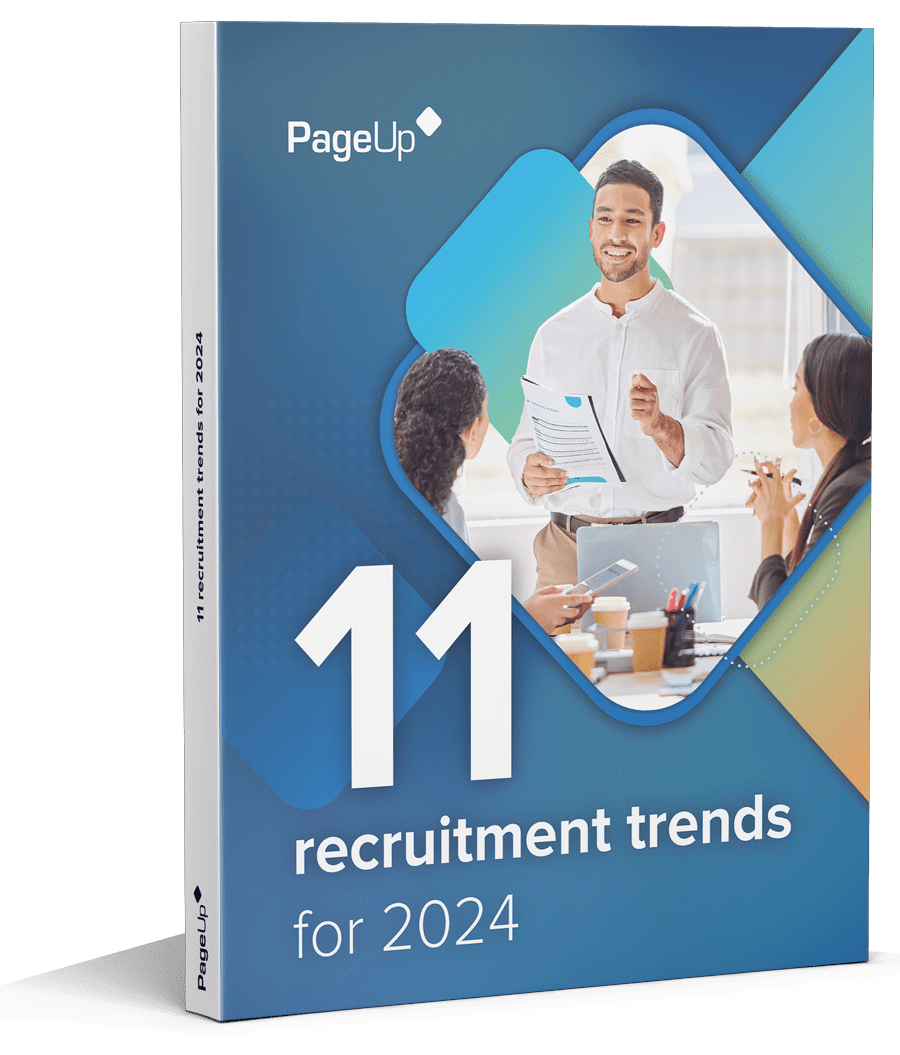For busy retailers, losing an employee unexpectedly can be a big blow to the business. Unfortunately, it remains a major challenge in the retail industry, when it comes to casual and part-time workers. Employee churn rates for retail employees is on the rise – they’re leaving their roles within 10 months on average and retailers are seeing 41% annual staff turnover across the industry.
While churn may be related to some retailers’ preference for part-time or seasonal work, there’s still a significant cost in time and resources, particularly for re-hiring and re-training.
So how can retailers reduce employee churn and keep top talent around for longer?
With millennials and Gen Z soon to make up the majority of the workforce, the pressure is on business owners and HR leaders to reduce churn by finding better ways to attract and retain top talent. Successful retail businesses are using new technology to overcome employee churn by making the hiring process more simple and transparent, developing, upskilling and retraining people, cultivating talent pools, and building loyalty, even among part-time employees.
Here’s how businesses can use technology to reduce employee churn and retain top talent for longer.

1. Make the hiring process as informative and streamlined as possible
Overcoming employee churn involves addressing all stages of the employee journey, and starts before a new hire even walks through the door.
Today’s workers are accustomed to using technology to simplify slow, outdated processes and they expect the same from their employee experience. Hiring is increasingly mobile and social, and retailers should embrace tech solutions that streamline and improve interactions with potential hires. Take advantage of this new efficiency by investing time into making the hiring process more engaging and informative. With staff turnover often attributed to a poor match between the role advertisedadvertized and the actual position, it’s up to employers to make employee role descriptions more transparent, ensuring potential candidates understand the organisationorganization’s culture and vision before they apply.
With a simpler, more informative hiring process, retailers can attract a greater number of strong candidates. Having a positive first touch with a business will also lay the foundation for employee loyalty and minimiseminimize the cost and time needed to recruit new people.

2. Engage new hires before their first day
Creating a positive experience for new employees from the outset is an important part of building meaningful, long-term relationships and reducing employee churn. Make purposeful contact before day one to ensure employees are aware of what’s expected of them, and use this opportunity to give them more insight into your business and culture. This can provide the vital buy-in needed to convert new employees into brand champions, eager to stick around and grow with your business.
Create and share content at this stage of the employee journey. This content should not only help get new people up to speed more quickly, but it should also reinforce your brand personality and messaging in an engaging way. Use videos to cover off key onboarding details such as what to wear, where to go and how to connect. A private, moderated social media channel for new team members can also be a great way to keep employees involved and learning.

3. Think big picture: Provide learning and development opportunities to all staff
Too often, employees leave a company because they don’t feel connected to or invested in its future. Retailers looking to retain staff have to overcome the added stigma that casts retail positions as work university students take on before starting their ‘real’ career. While transience in casual positions is inevitable, businesses should still endeavour to make every member of staff – from Christmas casuals to full-time managers – feel equally invested and included.
That means education shouldn’t stop after a new hire has been onboarded and trained. An upskilling and development tool such as an e-Learning platform is one way to show staff that you are invested in their continued development and can be implemented at scale. Here, it pays to think big picture. Casual staff may seem easily replaceable, thus not requiring upskilling or development. But if you consider the resources required to deal with employee churn, hiring and re-training, it becomes obvious that the investment is worthwhile.
If you look at Australia’s Top 100 best workplaces, 90% draw up individual development plans for employees of all levels. These workplaces offer an average of 84 hours of formal job training per year, with 88% even offering subsidies to encourage participation in continuing education. Portals, videos and other educational content let employees see how their day-to-day activities fit in with the bigger picture, allowing them to envision a career – not just a job – within your business.

4. Build a vetted (and accessible) talent pool
Even if you’ve implemented the above strategies, employee churn is an inevitable part of a retailer’s business cycle during busy periods. In these situations, having access to a strong talent pool enables retailers to bounce back more quickly. You may have ‘silver medalist’ candidates who didn’t get a previous role but might be interested in hearing from you again, or part-time workers from previous seasons who might like to come back. Building, monitoring and engaging your existing talent pool makes hiring faster and easier. It also reduces your reliance on expensive recruitment agencies. Adding automation into the process can further simplify the recruitment process and keep potential candidates warm for future opportunities.
We should not underestimate the value of the opportunities and flexibility created by the retail sector. Part-time work allows young people to gain valuable work experience and enables experienced workers to stay in the workforce for longer and in ways that better suit their lifestyle. Employee churn is the flip side of the flexibility coin. It’s up to retailers to use new technology to drive transparency, communication and information, so this flexibility can work for them and their employees.
Fresh insights for HR
Stay up to date with HR trends, tips and more when you sign up for our industry newsletter






